More Digital Negative Lith Printing
Yesterday I spent most of the afternoon at PCNW lith printing. The first thing I wanted to figure out is what dilution developer would give reasonably longer development times for the Fomatone paper.
Image One
I started with a base 1:1:18 dilution of the developer, as recommended on a couple of online forums. Here’s the resulting image:
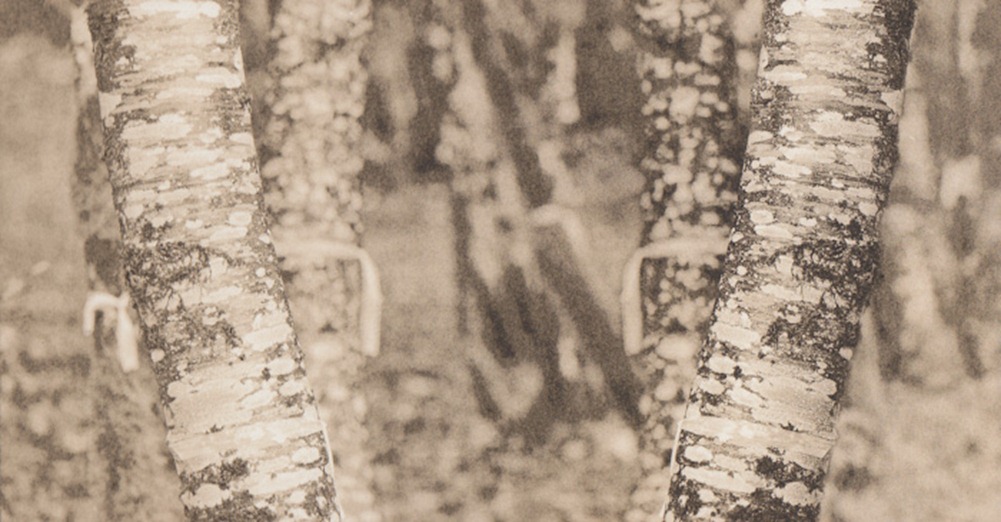
Fomatone Classic VC Warmtone in Arista Lith developer (100/100/1800). Fomatone curve. Exposure: 160 sec. @ f/5.6. Development: 3:59. Print #1.
Notice the development time was still 3:59. The day before in 1.5:1.5:1800 the exposure time was 3:29, so this admittedly small change in ratio only gave a 30 second difference in development. Rather than spend a ton of time futzing around I decided to go big or go home and dumped in an additional 1800ml of water, resulting in a 1:1:36 ratio.
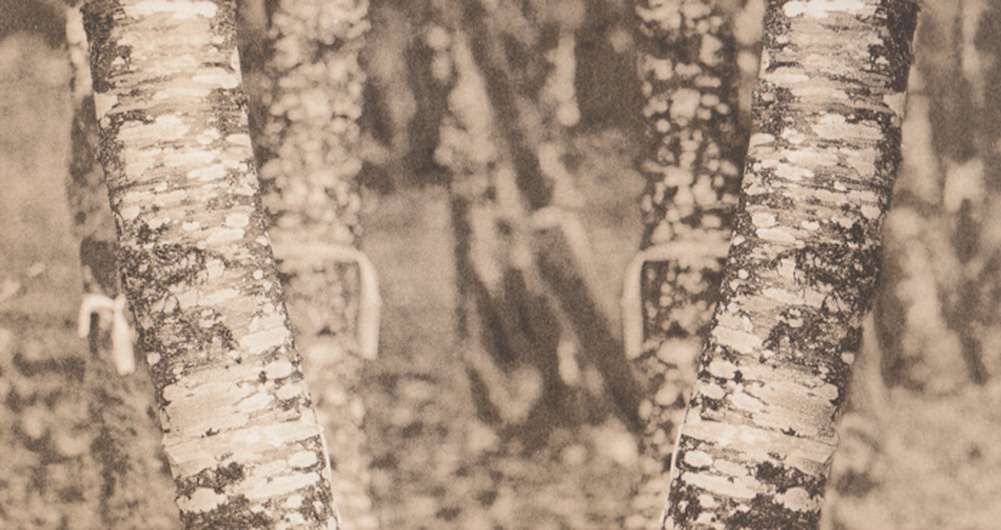
Fomatone Classic VC Warmtone in Arista Lith developer (100/100/3600). Fomatone curve. Exposure: 160 sec. @ f/5.6. Development: 7:32. Print #2.
Ok, now the development time seems more lithy. It’s a little tough to tell in the scan but the shadows are a smidge more interesting and the highlights have even more pink. Seems like a reasonable dilution to work with. After printing a wheat image (more on that in a moment) I came back to this photo to fine tune the highlights. Here are the last two prints I made of it:
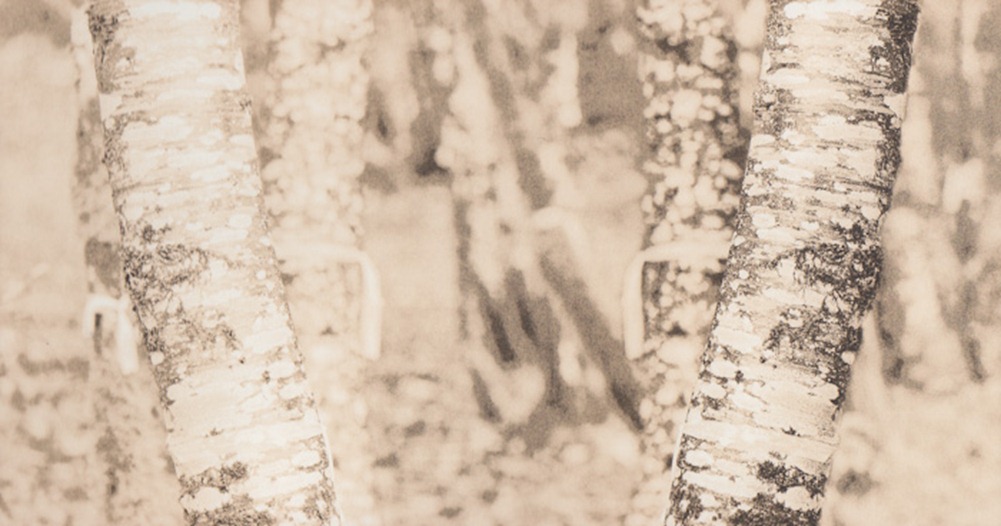
Fomatone Classic VC Warmtone in Arista Lith developer (100/100/3600). Fomatone curve. Exposure: 160 sec. @ f/8. Development: 7:52. Print #4.
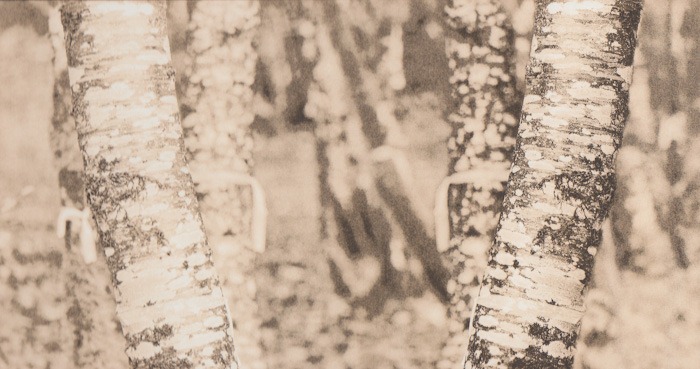
Fomatone Classic VC Warmtone in Arista Lith developer (100/100/3600). Fomatone curve. Exposure: 240 sec. @ f/8 Development: 7:44. Print #5.
Notice how across all three images the shadows have essentially the same look and have very similar development times, but the highlights vary wildly. Why? The amount of exposure time under the enlarger. Using f-stop adjusted times, the top one is 320 seconds, the second is 160 seconds, and the third is 240 seconds. This is the beauty of lith: you control your highlights through exposure time, and shadows through development time.
For the record, I like the last version the best (240 sec. @ f/8).
Image Two
In between printing the trees I took a quick diversion to print a picture of some wheat from the Palouse region of Washington (which I’ve previously printed on canvas and as a salt print).
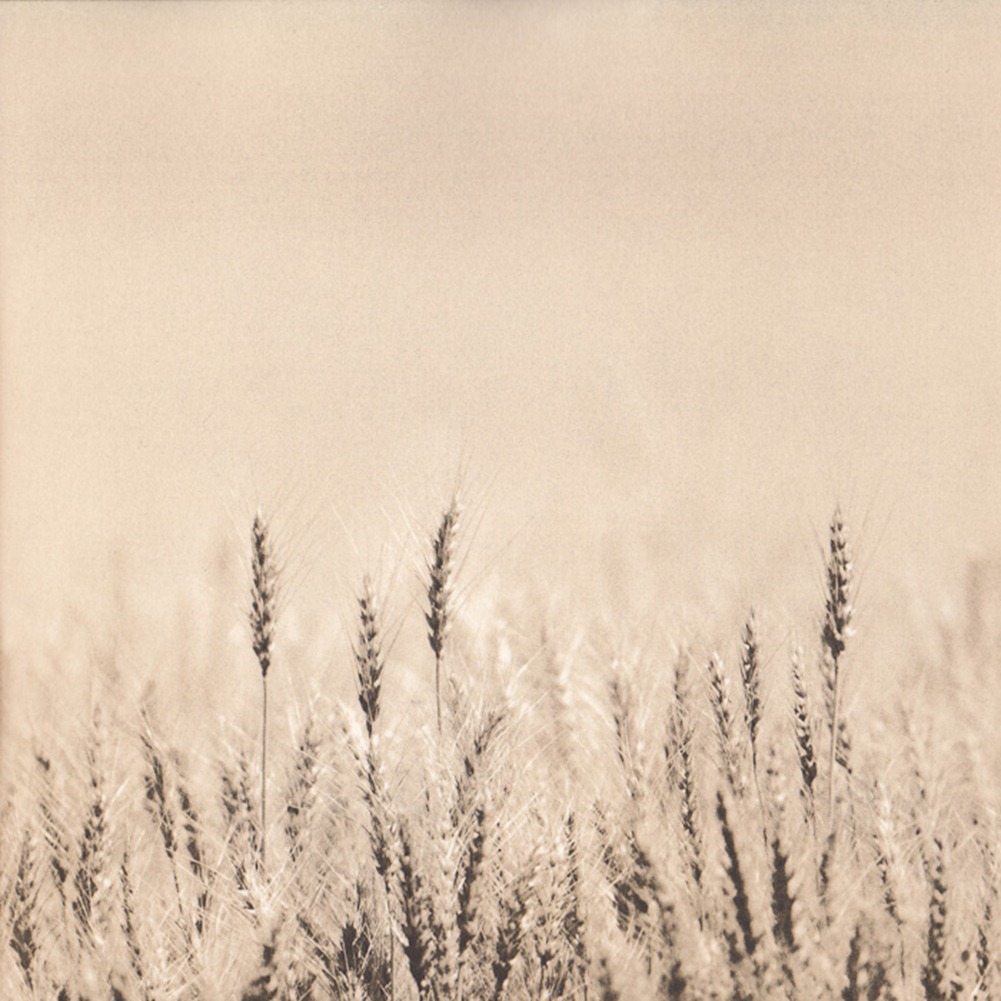
Fomatone Classic VC Warmtone in Arista Lith developer (100/100/3600). Fomatone curve. Exposure: 160 sec. @ f/5.6. Development: 7:41ish. Print #3.
I was totally happy with this and didn’t bother to spend any more time on it. Notice that across all the above images the development time is staying roughly constant at around 7:45, even as the image being printed changes. I love digital negatives.
Image Three
The last image I tried to print came from a recent trip to Yosemite National Park. Here’s the three versions on Fomatone paper:
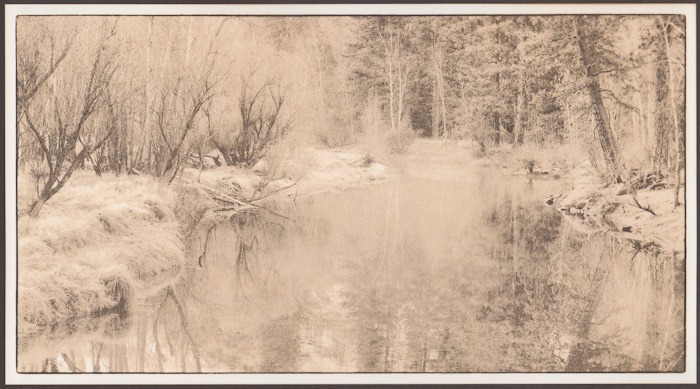
Fomatone Classic VC Warmtone in Arista Lith developer (100/100/3600). Fomatone curve. Exposure: 160 sec. @ f/5.6 Development: 7:27. Print #6.
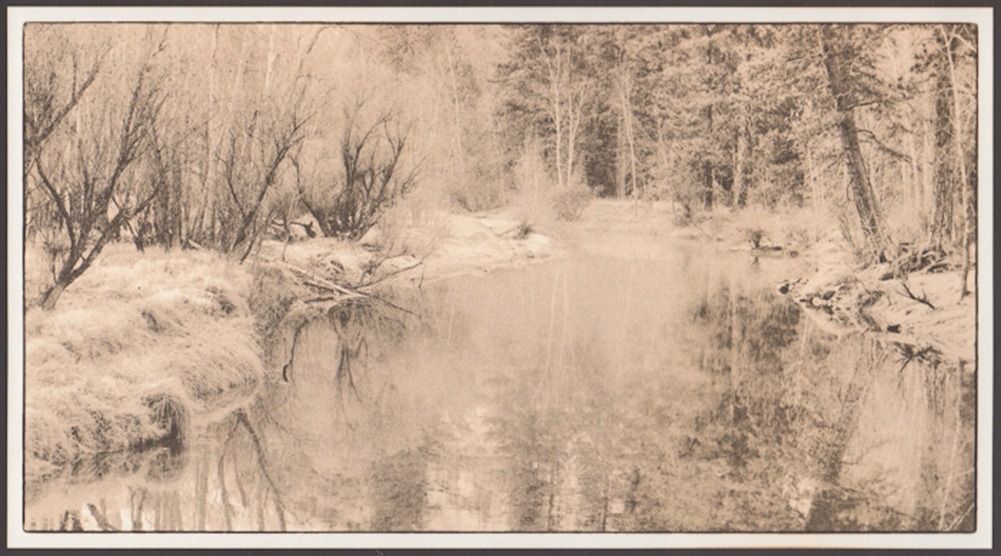
Fomatone Classic VC Warmtone in Arista Lith developer (100/100/3600). Fomatone curve. Exposure: 160 sec. @ f/5.6 Development: 8:39. Print #7.
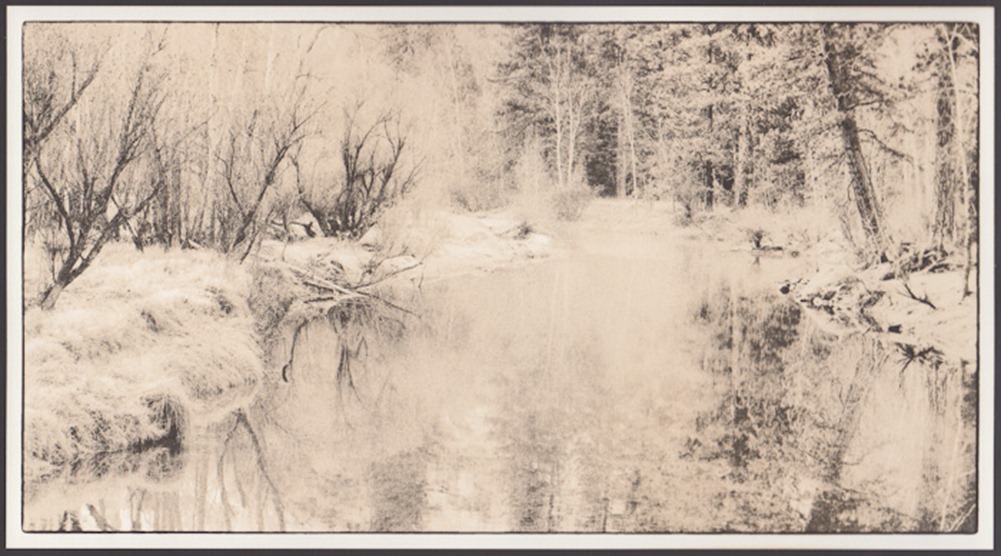
Fomatone Classic VC Warmtone in Arista Lith developer (100/100/3600). Fomatone curve. Exposure: 160 sec. @ f/8 Development: 13:13. Print #8.
The first of these three was pretty good out of the tray, but I didn’t develop it long enough and the shadows are kind of blah. A second round with longer development gave better shadows, but I wasn’t wild about how dark the highlights were. The third one I backed off on exposure to get brighter highlights, and tried to keep the shadows the same.
If you look closely at the development times, however, you’ll notice something interesting. Instead of being right around 7:45, the progression is 7:27, 8:39, and 13:13 (!!!). What’s going on? Well, remember this is developer diluted 1:1:36, which is pretty weak. The 8th print through the developer and it’s basically run out of gas. The nice thing is the print looks AWESOME, with beautiful tones and really chunky shadows. The downside? That’s about all the developer could do.
But what about the Adox?
Just for, uh, fun, I decided to try printing the same image using the Adox paper in the basically-done developer. If you recall from the previous blog entry, Adox developed much slower than the Fomatone.
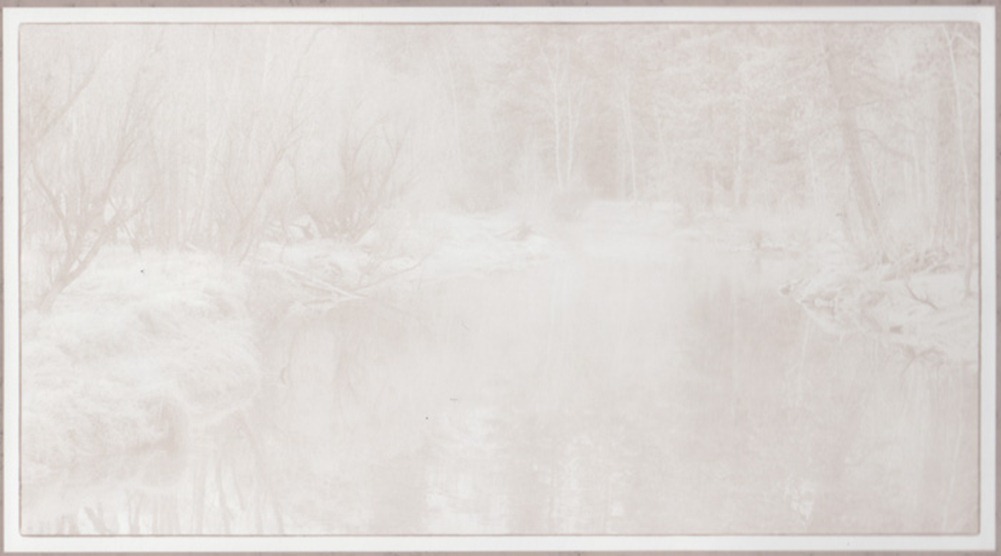
Adox MCC110 in Arista Lith Developer (100/100/3600). Adox curve. Exposure: 100 sec. @ f/8. Development: 35:00. Print #9.
No, your screen isn’t broken, and yes, you read that right: 35 minutes of development time. 35 minutes of sitting and listening to NPR while agitating a tray with 4L of water in it. And that was the result. Siiiigh.
I didn’t want to give up so I mixed up a new batch of stronger developer: 1:1:18 with an additional 1 part of “old brown” from the previous batch. Here’s the two images I processed with that mixture:
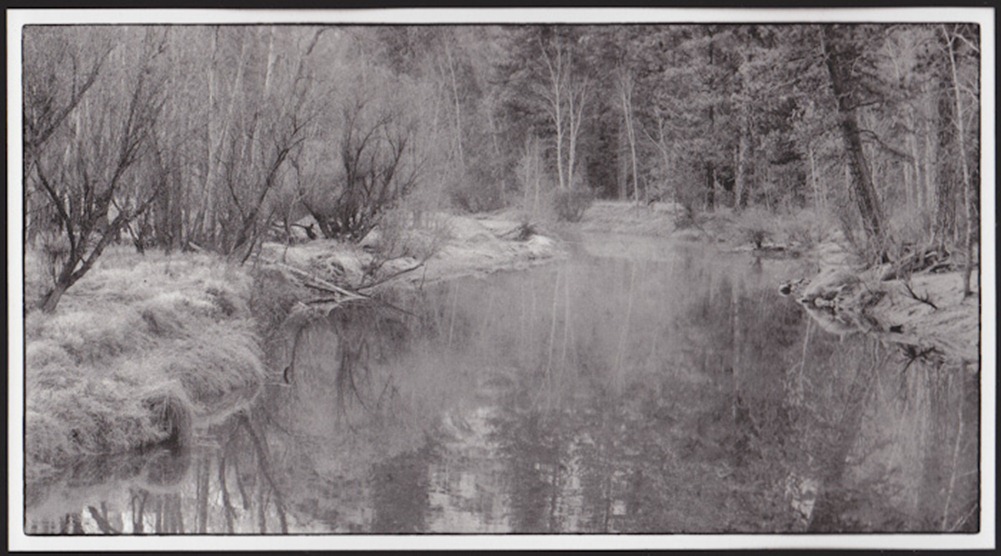
Adox MCC110 in Arista Lith Developer (100/100/3600). Adox curve. Exposure: 100 sec. @ f/8. Development: 35:00. Print #1.
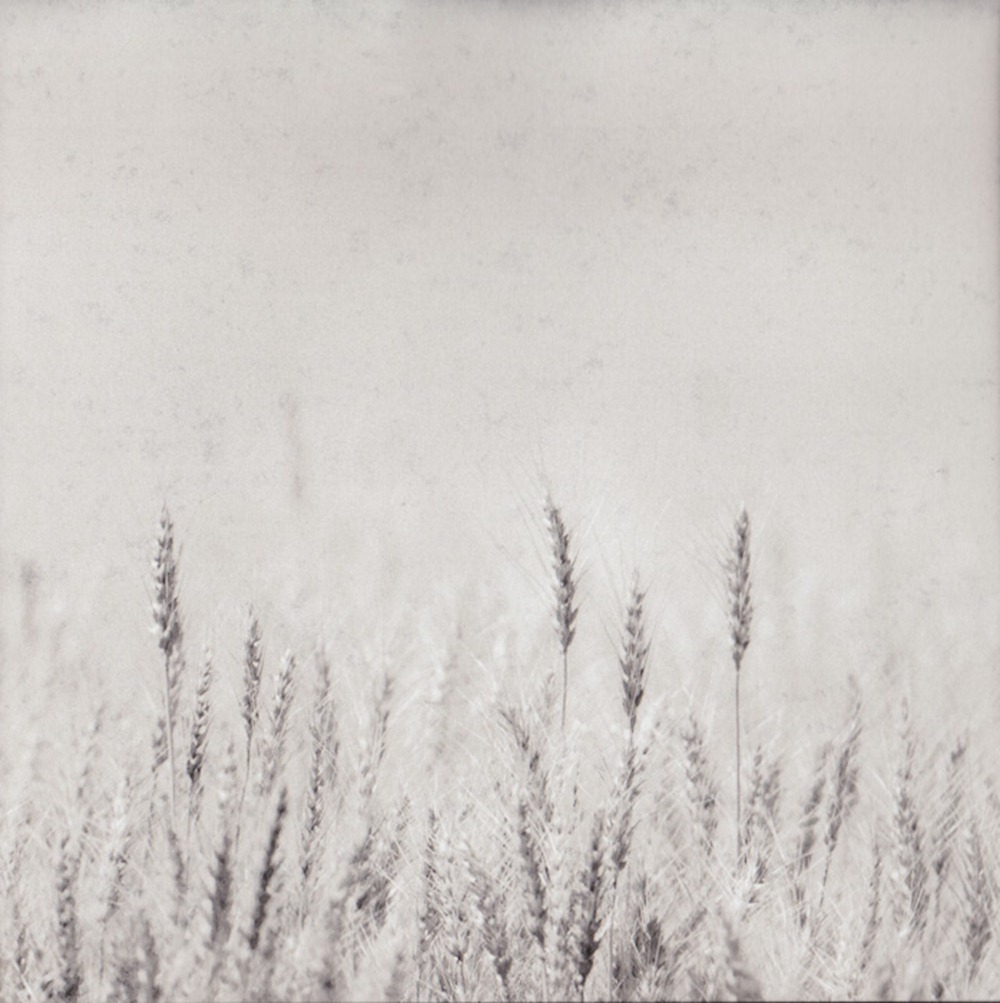
Adox MCC110 in Arista Lith Developer (100/100/1800 + 100 old brown). Adox curve. Exposure: 100 sec. @ f/8. Development: 15:11. Print #2.
Eh. The first one is fine but doesn’t really look “lith”. The second one had very uneven development in the highlight areas, just like Tory saw on her wheat image.
Lessons Learned
- Fomatone MC Classic Warmtone in Arista at 1:1:36 is pretty darn cool.
- 4L of water is very heavy and sucks to agitate for long periods of time.
Leave a Reply